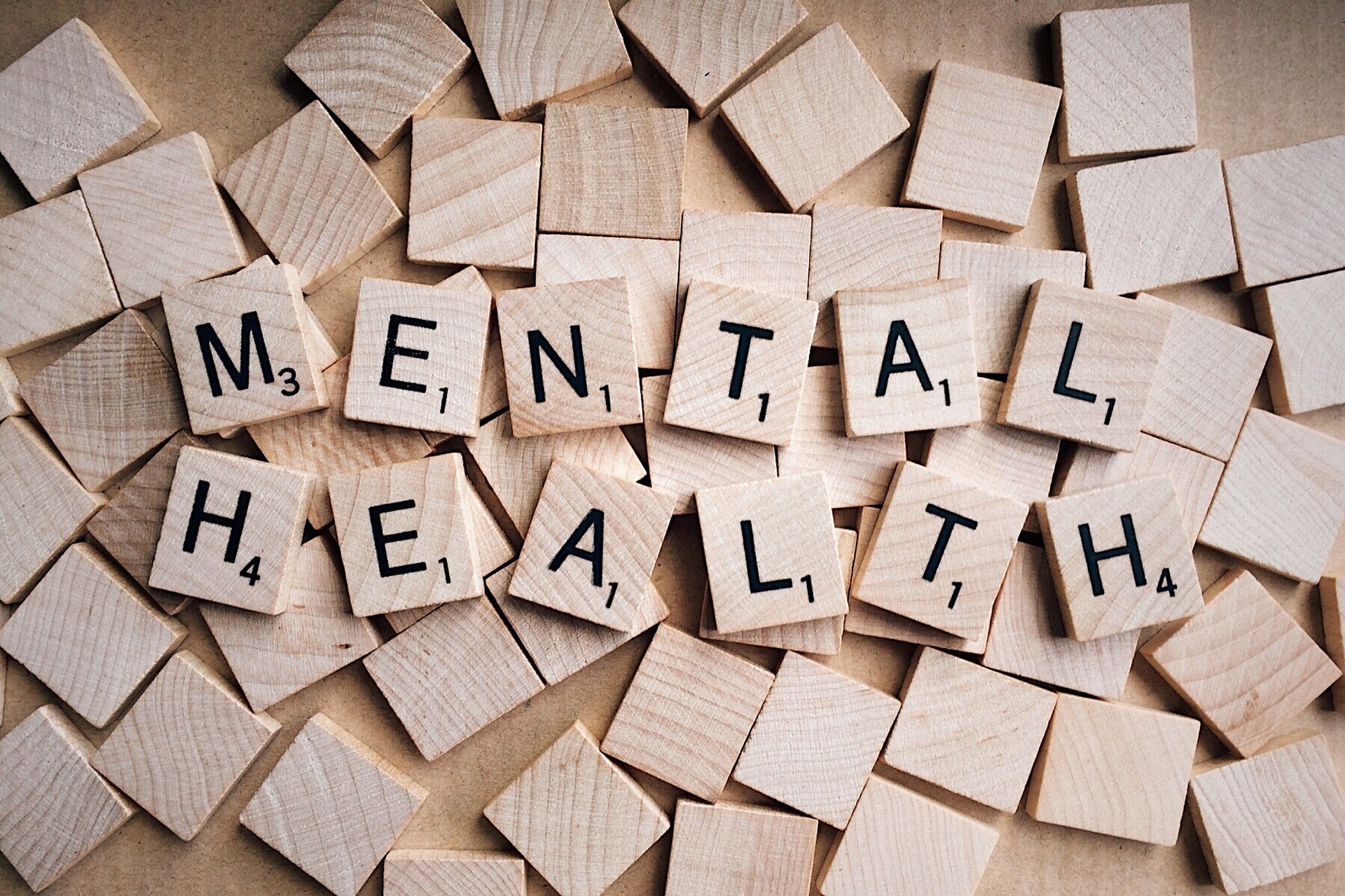Mental health on college campuses is an issue that has gained more awareness as an increasing amount of college students struggle with mental health issues, including anxiety, depression, and substance abuse. But, according to Higher Education Today, only about 10 to 15 percent of these students utilize campus mental health resources.
Dr. Shane Owens is a behavioral and cognitive psychologist who specializes in college students. Dr. Owens works in an on-campus counseling center as well as in his own private practice, and is a member of the Anxiety and Depression Association of America. With 20+ years of experience working with college students, he shared what the issues tend to be in terms of their mental health.
“By far the most common diagnoses are anxiety and depression. There are also a fair number of what we call adjustment disorders. People who are having difficulty adjusting to either the freedom of college, or to living in a dormitory or a residence hall, or the amount of work that they have, or balancing work and school,” said Owens.
Due to these issues, on and off-campus resources–and making these resources known to students–are important in getting students the help they need so they can be successful in their college endeavors.
“One of the things that we know from research is that peer to peer resources are a very good start. Students are much more likely to talk to a friend or an RA about the problems that they’re having rather than an administrator or someone who appears to be an administrator working at a counseling center,” said Owens.
However, he emphasized that this is a good first step, but shouldn’t always be the last step when students are experiencing ongoing mental health issues.
“People will just talk to their peers and don’t seek the professional help. So, college staff working with peer to peer groups is really the gold standard in getting people to help,” said Owens.
These groups are a great place for students to engage in peer to peer relations. This way, students can lead each other to the available resources on campus and in their communities. On-campus groups are typically required to have a university faculty member serve as an advisor to the group. These staff and faculty members can further educate the groups on what resources are available to students, as well as encourage students to join these groups.
McKenzie Thurman, Physician Assistant at the Linfield College Health, Wellness, and Counseling Center, explained her role as an advisor for student groups.
“We have the opportunity to be advisors for certain medical groups on campus. There’s the Wildcat Fit program on campus that I’m the advisor for. So, certain students who we think would really benefit from that, we can encourage them into those routes,” said Thurman.
Groups that students can connect to, be that through cultural similarities, shared interests, or shared struggles, can help students engage in these peer to peer resources, as well as get connected to other resources they may need.
Most colleges have some sort of health and counseling center that coordinates on-campus mental health resources, which is often the best place to start. Schools often offer free or reduced price counseling services to students, and are located on or near campus.
Linfield College’s Health, Wellness, and Counseling Center integrates mental and physical health services for its students. Thurman explained that in addition to one-on-one talk therapy, Linfield provides many group activities that promote healthy coping habits.
“One of our counselors does a yoga class, another counselor offers a mindfulness class,” said Thurman. “We’ve had success with yoga and mindfulness as far as participation.”
Additionally, campus health centers like Linfield’s are aware that there are other adjustment difficulties and times of the year where students can be reminded of how to take care of themselves and stay mentally healthy.
“Associated with our center we have a wellness coordinator who will send out things about healthy studying habits or sleeping habits,” said Thurman, which includes a podcast on the health center’s website that can help with insomnia. “So our wellness coordinator will also coordinate different groups or events, [for example] we put on a run every year and bring in therapy animals. We’ve done therapy llamas, therapy cats, and therapy dogs. Especially around finals week or certain harder times of the year, we’ll bring in those groups to campus.”
Thurman explained that the center is also working on forming group counseling for specific issues students face, such as the loss of a family member or smoking cessation.
Health and counseling centers like Linfield’s also may partner with community members to broaden the scope of resources for students. For example, Thurman said that Linfield partners with a local mental health organization that specializes in early onset psychosis and works with the college to help these students understand their diagnosis, get the resources they need, and keep them safe.
Colleges may also partner with a local hospital or more general medical center that gives students access to certain professionals, such as a psychiatrist, that a school may not be able to provide.
Sometimes, college can’t provide many resources to students, or a student does not want to utilize on-campus resources. There are plenty of local and national resources that college students can utilize to fit their needs.
National groups, such as the Anxiety and Depression Association of America, the group Dr. Owens is part of, provide extensive resources on their websites and can talk to students or refer them to local therapists, groups, and medical help. See the below screenshot from the association’s website for the various types of available resources:

Other national groups that provide mental health resources and support:
- National Eating Disorders Association
- American Foundation for Suicide Prevention
- National Alliance on Mental Illness
- Substance Abuse and Mental Health Services Institute
- Depression and Bipolar Support Alliance
- Attention Deficit Disorder Association
- Obsessive Compulsive Foundation
Many local resources and groups can be found through national organizations, your college’s health and counseling center, or a simple google search. While students may not always feel comfortable going to the counseling center, there are many ways colleges try to make these places as inviting and de-stigmatized as possible with classes or relaxing areas for writing and drawing. And, peer to peer groups are always an open support system for students who are struggling, but aren’t ready or don’t want to jump into traditional counseling and therapy. For students who want to study the field of mental health, there are also undergraduate and master’s degree programs that train students to get involved with the field.
Colleges recognize the mental health struggles college students face, and provide many resources to help students deal with their issues in a healthy way. Whether you want to participate on or off-campus, addressing mental health is important for college students’ well-being and success now and in the future.



